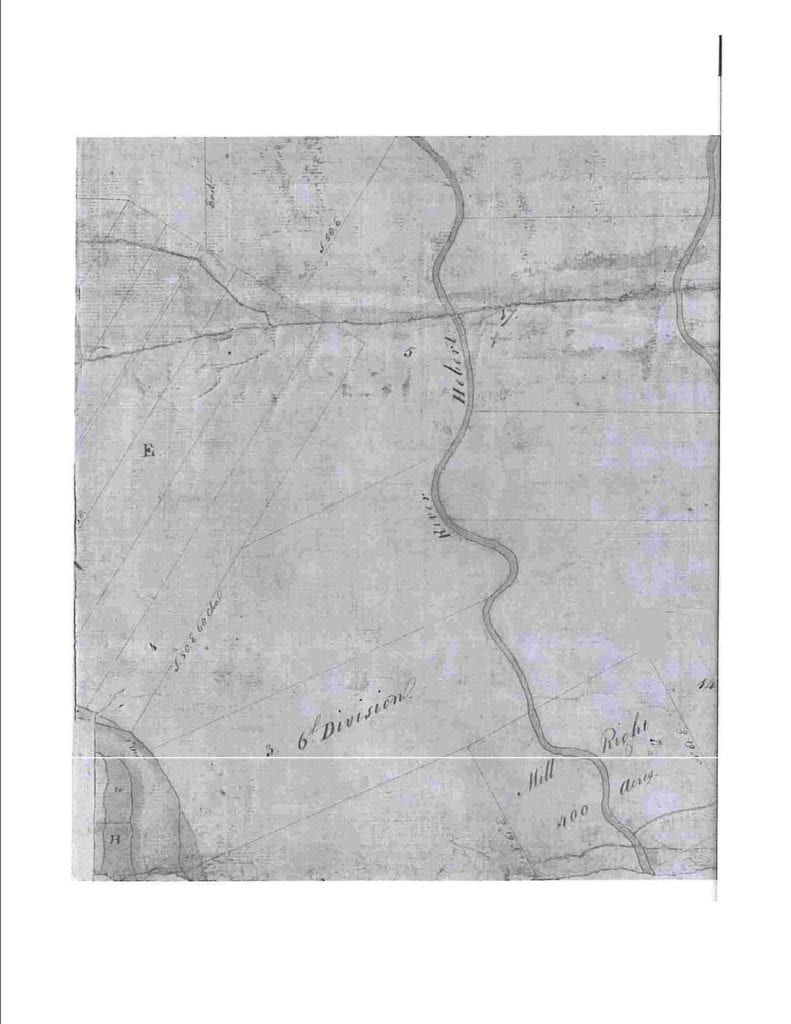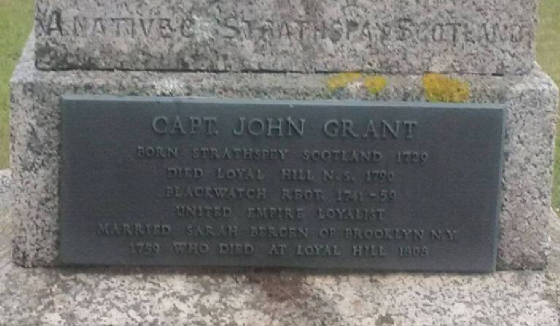Alden Nowlan – The Forgotten Poet of Stanley, NS
The following article was a WHHS Heritage Banquet address by Rev. David Curry in 2003. It has been converted from a pdf file to be shared here. Alden Nowlan: The Forgotten Poet of Stanley I would like to thank the West Hants Historical Society for the privilege of speaking this evening and to commend the […]
Alden Nowlan – The Forgotten Poet of Stanley, NS Read More »




